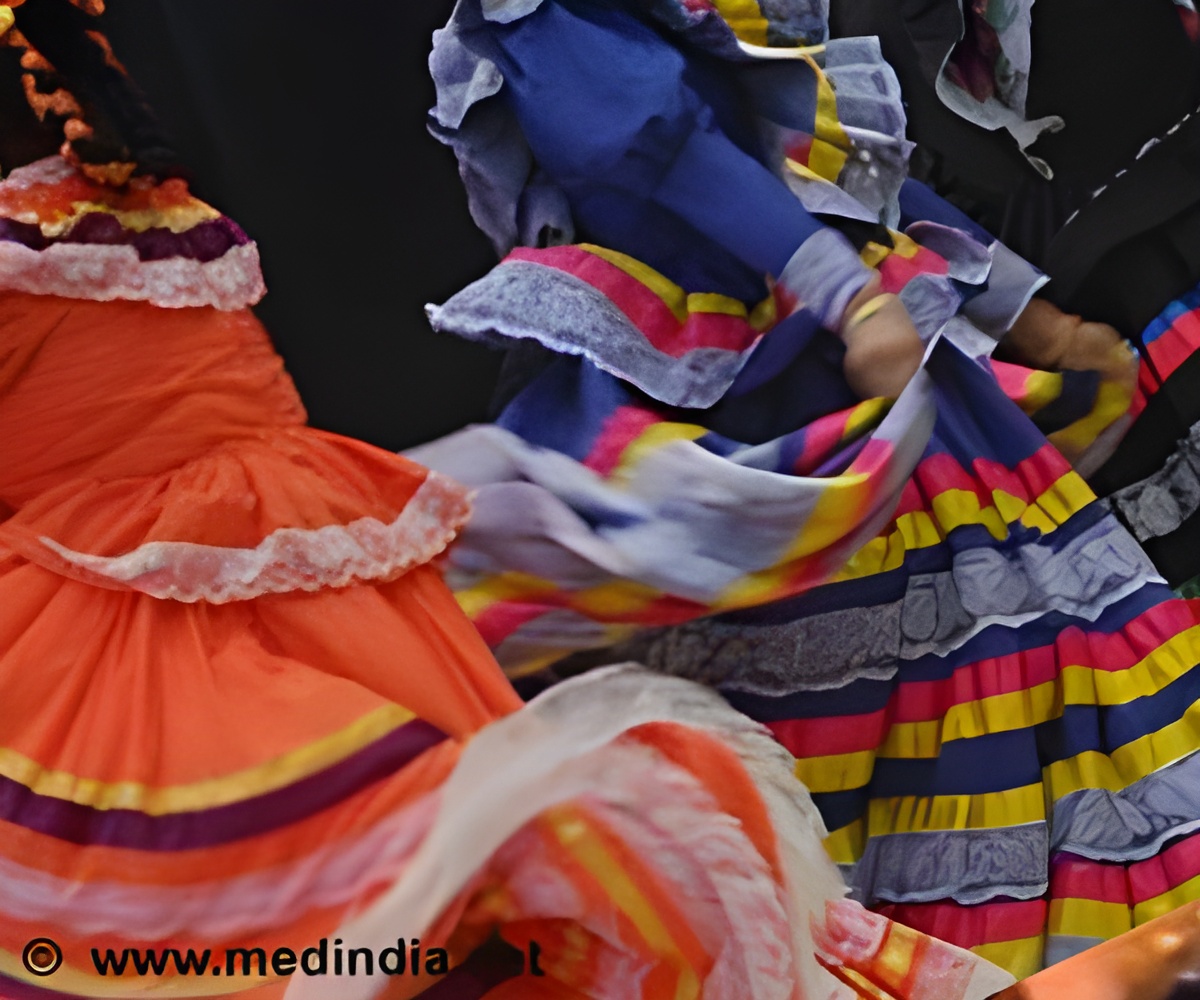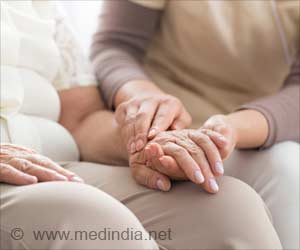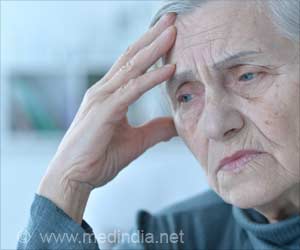Act of dancing enriches identity negotiation and fosters stronger group identity among Parkinson's disease patients, indicates a recent study.

Performing With Parkinson's: Leaving Traces
Go to source). // Performing in the dance company and sharing the process of performing with others created a strong group identity for the dancers with Parkinson’s disease.
‘Through dance, a performative art form, individuals with Parkinson's disease enhance identity negotiation and fortify group cohesion, as a recent study affirms.
# Dance, #Art, #Parkinson's Disease
’





The dancers’ experiences of watching and being watched provided them with novel ways of expressing themselves and being seen without their identity being associated with Parkinson’s disease. Earlier studies have focused on dance interventions in group settings, i.e., dance classes, aimed at rehabilitation and social participation. They have shown that dance is a promising form of adjunct therapy for patients with Parkinson’s disease.
In people with mild to moderate Parkinson’s disease, for example, dance has led to significant improvements in balance, gait, and functional mobility.
The new study, published in Nordic Journal of Dance, focused on the significance of dance as a performative art form in Parkinson’s disease.
The study involved eight dancers from the Swedish Kompani Parkinson dance company, which performs both in Sweden and abroad. The dancers completed an online questionnaire and most of them also participated in a focus group interview.
Dance Empowers Identity Negotiation
The dancers considered cohesion, division of responsibilities, peer support, acceptance, and trust as essential aspects of functioning within the group. The study suggests that membership in the company and group identity also enabled the dancers to negotiate their personal identity.Advertisement
For the dancers with Parkinson’s disease, the novel group identity provided an opportunity to negotiate an embodied identity that was tied to artistry – not to Parkinson’s disease. Although the disease sets its limits on what the body can do, the dancers were not limited or confined by art, allowing them to rediscover themselves.
Advertisement
The study was conducted as part of the Narrating through Dance in Life Fractures project, which is funded by the Kone Foundation. The project examines the experiential and psychosocial consequences of dance in different life transitions.
Reference:
- Performing with Parkinson’s: Leaving traces - (https://sciendo.com/article/10.2478/njd-2023-0011)
Source-Eurekalert









